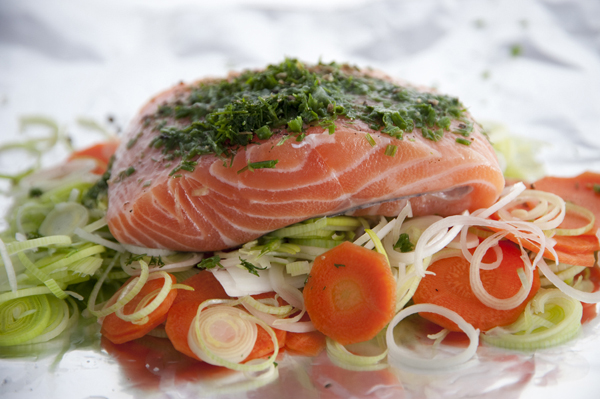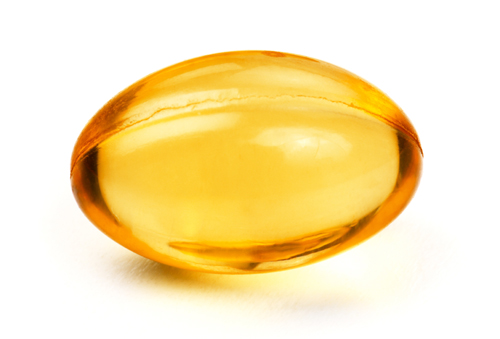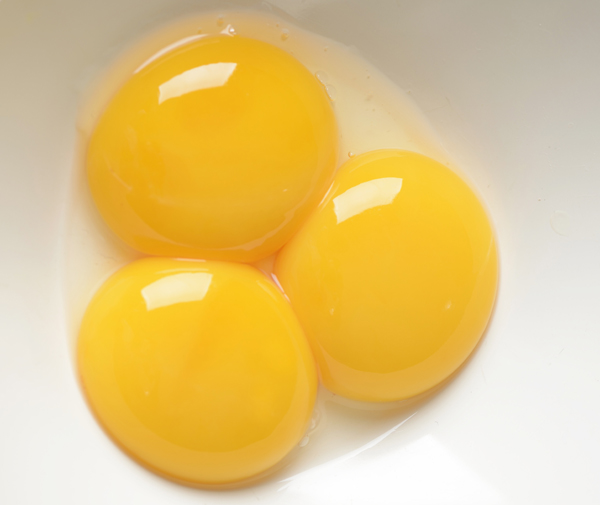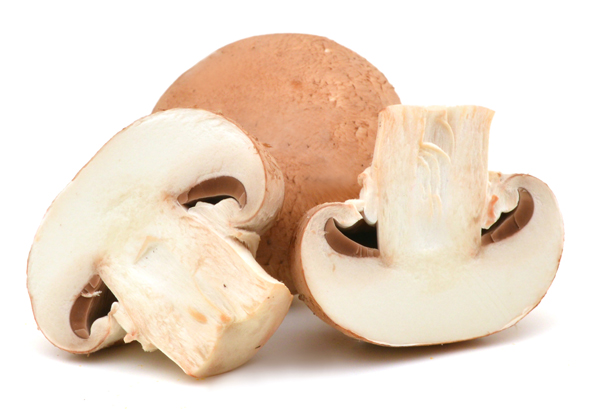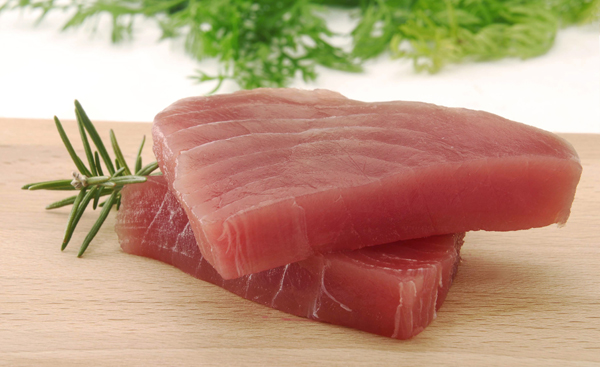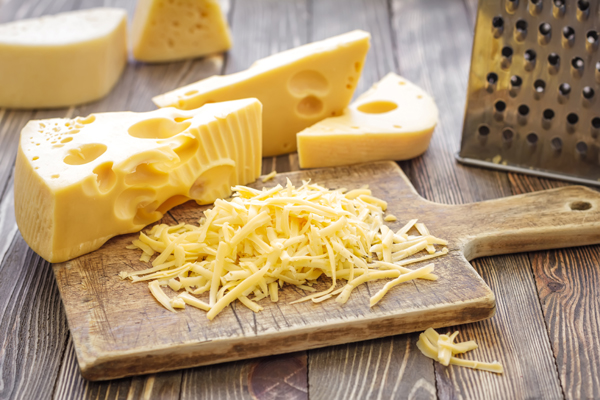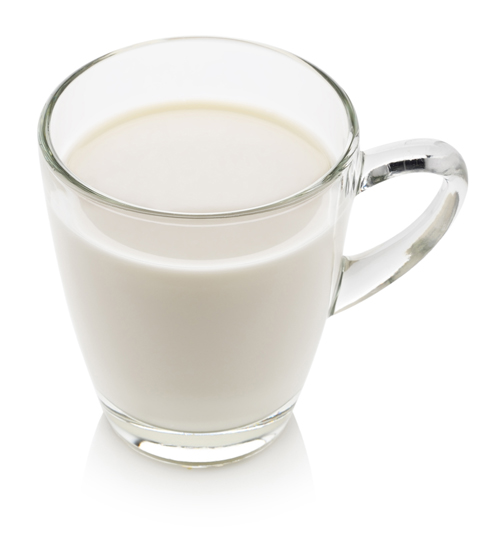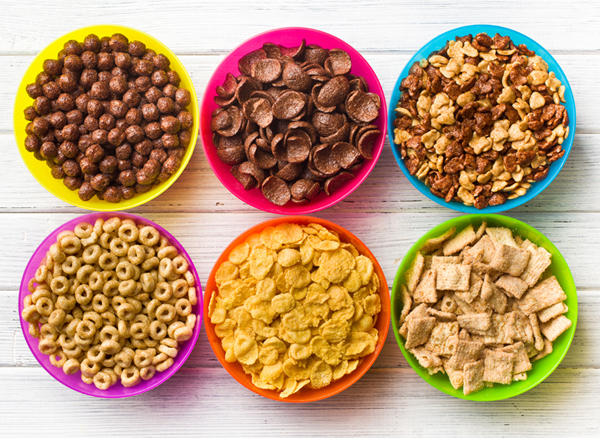10 Foods That Offer Vitamin-D Naturally!
By Newsmeter Network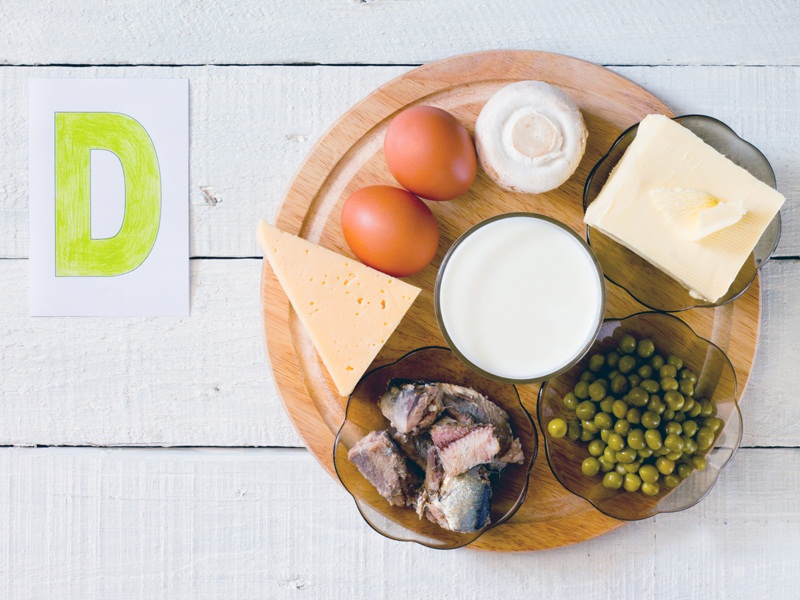
Do you remember your doctor advising you to grab some early morning sunshine to get a quick dose of Vitamin D? Ever wondered why this nutrient is so important to us? Vitamin D is a fat-soluble vitamin which is produced by the body as a response to sunlight. This Vitamin plays a key role in regulating the amounts of Calcium and Phosphate needed for maintaining healthy bones, teeth, and muscular systems.
Most urban dwellers face Vitamin D deficiencies due to a lack of exposure to sunlight. Fortunately, there are many Vitamin D rich foods that can help us cope with this loss and meet our daily recommended values.
10 Best Vitamin-D Rich Foods To Include In our Daily Diet:
Along with grabbing some sunshine, try to include these foods in your diet to get your daily dose of Vitamin D:
1. Salmon:
It is a popular oily fish and is one of the richest sources of vitamin D. However, you must make sure to know whether you are consuming a wild salmon or a farm cultured one, due to the huge difference in nutritional values. One serving of wild salmon contains around 987 IU per 100gof fish, while Farmed salmon contains only 25 % of that amount, i.e, around 250 IU of Vitamin D. Apart from Vitamin D, Salmon also offers proteins and omega-3 fatty acids for a healthy heart.
2. Cod Liver Oil:
Cod liver oil is a quite popular health supplement, especially taken by those who do not like fish but want the benefits. As the name indicates, the oil is sourced from the livers of the artic codfish and is considered to be one of the best food sources of vitamin D. One teaspoon contains 448 IU of vitamin D, along with other nutrients like omega 3 fatty acids and vitamin A.Cod liver oil capsules are particularly beneficial for children with bone-related problems like rickets, joint pains etc.
3. Egg Yolks:
If you have a habit of throwing away the yolk of an egg and eating only the white, you are missing some key nutrition! Egg yolks are one of the richest sources of Vitamin D, with a single yolk containing 37 IU to 41 IU. These levels depend on the enrichment of Vitamin D in the chicken feed and the sun exposure too. The levels of vitamin D from chickens being given enriched food might clock as high as 6000 IU of vitamin D. However, consume them in moderation, as egg yolks can raise your LDL levels.
Also Read: Steam Inhalation Side Effects
4. Mushrooms:
Mushrooms can be called the only good plant source of vitamin D. Varieties like Oyster, Shiitake, Chanterelle, Maitake, Morel, button mushrooms etc. can synthesize this Vitamin like humans when exposed to the sun. Certain varieties of wild mushrooms pack in a punch of vitamin D, with nearly 2300 IU per 100 gms of serving. The others can produce Vitamin D when exposed to UV light with nearly 366 IU per serving. The good news is, mushrooms are extremely low in calories, sodium and gluten, so you can enjoy them guilt-free!
5. Tuna fish:
Another seafood that can help you cope up with Vitamin D deficiencies is a Tuna Fish. More than the fresh fish, tuna is best enjoyed as canned, both for its flavour and nutritional value. Canned tuna fish provides around 268 IU of Vitamin D in a 100 g serving. Apart from Vit D, this food also offers high protein with almost zero fat that helps you gain lean muscle. However, make sure to choose a light tuna instead of white variety to avoid the risk of mercury toxicity.
6. Cheese:
Cheese is a healthy food when consumed in moderation. Depending on the variety of cheese, you can get about 30 IU of Vitamin D per serving. Also, cheeses like Monterey and Fontina offer a high percentage of this vitamin and other types like Blue cheese and gouda offer a minimum 6 IU per one cup. So, if you want to gain your D-Vit naturally, replace your processed cheese with these richer cheeses and indulge in their nutritional goodness.
Also Read: Foods That Help Increase Platelet Count
7. Milk:
Fortified Cow Milk is one of the few foods that contain high amounts of Vitamin D. Each glass of Vitamin D fortified milk contains upto 205 IU of this vitamin. If you are a vegan, then you can try plant-based alternatives like soy milk, almond milk or oat milk which are fortified with D2 or Ergocalciferol and one cup of this milk can provide around 115IU of Vitamin D. So, before you choose a product, read the labels properly to ensure it is a fortified product.
8. Fortified Cereals:
Fortified Cereals are one of the best foods with lots of Vitamin D. So, whenever you start your day with these crunchy foods, you are not only enjoying a delicious breakfast, but also a nutritious one! Each cup of a branded fortified cereal can offer about 42% of DV of Vitamin D. This is an easy way to cope with Vit-D deficiencies in children and adults, due to lack of exposure to natural sunrays.
9. Pork Chops:
Pork chops are considered to be a healthy alternative to red meat, as it is leaner and nutritious. It is also one of the few food items containing high amounts of Vitamin D. Depending on the cut, the amount of this Vitamin can vary. For example, a cut from the back fat offers 138 IU per four ounces of serving, while the meat from spareribs can offer 130 IU for the same four ounces. Apart from Vitamin D, pork also offers many vitamins and proteins for a healthy body.
10. Fortified Orange Juice:
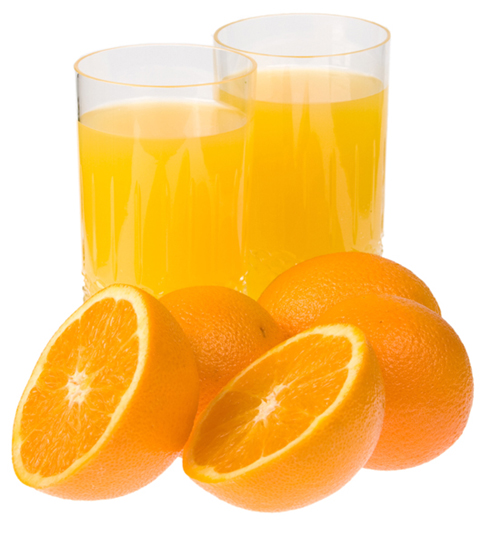
If you are a vegan and looking for plant-based foods that are high in Vitamin-D, then try Orange juice. While freshly squeezed orange juice is the healthiest, you can also opt for fortified orange juice. These packed juices have added Calcium and Vitamin D to increase the nutritional value of the products. One cup of fortified orange juice offers around 100 IU of Vitamin D, which is 12% of the DV.
Also Read: Natural Cure For Dehydration
Those are some of the best Vitamin D rich foods to start adding to your daily diet. However, if you are using Vitamin D supplements, then make sure these foods don't shoot up the values exceptionally, as excess Vit-D can be dangerous to your body. Maintain a chart and calculate the values accordingly to ensure you are well within the 'safe limits'.
